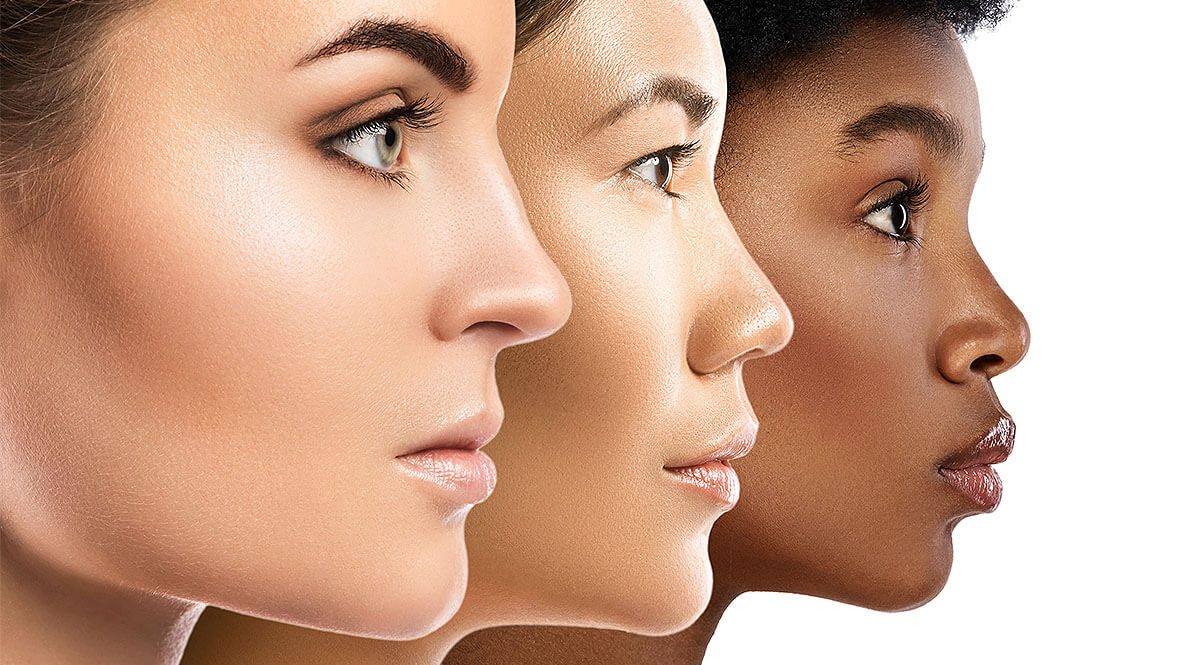If you’re a parent, then we have to start this article with an apology: You might be about to lose an argument against video games. Indeed, far from being the intellectual rot and eyesight diminisher that is frequently associated with gaming, computer games may well actually prove beneficial.
This is a subject of some discussion in many areas, including psychology, mathematics and emotional development. And now we’re happily jumping on the bandwagon by writing about the benefits of video games from an ophthalmology perspective.
Gamifying Surgery
What sparked our interest in the subject (beyond several members of the Media MICE team being enthusiastic gamers in their personal lives) was a letter published in the Asia-Pacific Journal of Ophthalmology entitled “Does Video Gaming Improve Ophthalmological Surgical Proficiency?” Written by Drs. Philip Samuel Rothschild and Rahul Chakrabarti, the letter examined whether or not video gaming holds promise as a mechanism to maintain microsurgical skills in the context of the COVID-19, which saw many “elective” ophthalmic procedures canceled or postponed. This may have had a detrimental effect on the motor skill component of ophthalmic surgery, including hand-eye-foot coordination, dexterity and 3-dimensional spatial awareness.
Drs. Rothschild and Chakrabarti carried out a review of 21 articles of research papers that included the terms “video gaming” and “surgical skill.” They focused on areas like video game piloting; using gaming to transition to performance on simulators; motivating trainees, identifying surgical subspecialty selection; as well as prevocational exposure to surgery. The format of these included nonrandomized projects, comparative cohorts, randomized controlled trials and case controls.1
Drs. Rothschild and Chakrabarti found that regular video gameplay “seemed to enhance microsurgical performance when assessed with a surgical simulator.” They argued that the very accessibility of video gaming made it particularly beneficial: Trainees and students who enjoyed video gaming before surgical training showed higher aptitude with microsurgical skills and were more likely to consider becoming surgeons.
The researchers also argued that there is “increasing evidence that video game players perform better compared with non-video game players, specifically in the domains of visual tasks, and are faster and more accurate in surgical simulation, although further evidence is needed before determining what recommendations should be given regarding video game use.”
So, to all of you parents out there hoping to raise the next generation of ophthalmic surgeons, it just might be a good idea to let the kids play video games (just make sure they get to bed at a reasonable hour).
Replacing Eye Patches with Controllers
Can video game technology be used to not only improve personal abilities — but to also treat patients? It might sound like a novel idea, but there is some evidence to suggest that gaming can provide real benefit to patients.
“Video Game Use in the Treatment of Amblyopia: Weighing the Risks of Addiction” was a study carried out by a group of researchers based at the department of ophthalmology at the Yale School of Medicine (New Haven, Connecticut, USA). This research examined the dual facets of video games in treating vision impairment in amblyopia, as well as their potential for overuse and addiction.
The researchers approached the subject from a biopsychosocial perspective, recognizing that overuse of gaming technology can lead to diminished mental health. However, the same aspects of video games that make them potentially addictive also make them an ideal platform for a highly compliant treatment. This includes attractive graphics requiring visual discrimination in gameplay, varied visual tasks, immediate feedback and rewards for visual tasks, among other aspects.
Our Yale researchers examined children who played Medal of Honor® (a World War II combat game) or Simcity® (an in-world city builder) for a total of 40 hours (2 hours per day) using the amblyopic eye while the fellow eye was patched. Twenty patients ( aged 15-61 years) significantly improved their visual acuity by a factor of 1.6, roughly two lines on the LogMAR letter chart. In addition, subjects had significant improvements in positional acuity, spatial attention and stereopsis, and enjoyed a recovery rate approximately five times faster than that observed in children treated with conventional eye patching.2.
The study concluded that video games used as therapy could provide considerable benefit to the estimated 15 million children under the age of 5 who have amblyopia. The market size for therapeutic video games is even larger, considering older children and adults with amblyopia, making the concept, not just medically useful, but also commercially viable. While emphasizing that addiction is an issue of concern, the researchers also stated that whether the therapeutic use of video games will lead to an increase in video game addiction remains to be investigated.
Video games are unlikely to melt the eyes of kids who play them too much, but for sure, unsupervised or uncontrolled consumption is not going to be good for anyone. Like any good medicine or treatment, using gaming in a controlled, responsible manner, could provide benefits to clinicians and patients alike. So, let’s see how the ophthalmology community can make the best use of it. If you want to join in, ask the Media MICE staff what their user names are, let’s play.
References
- Rothschild PS, Chakrabarti R. Does Video Gaming Improve Ophthalmological Surgical Proficiency? Asia Pac J Ophthalmol (Phila). 2020;9(5):476.
- Xu CS, Chen JS, Adelman RA. Video Game Use in the Treatment of Amblyopia: Weighing the Risks of Addiction. Yale J Bio Med. 2015; 88(3): 309–317.
Editor’s Note: A version of this article was first published in CAKE magazine Issue 12.



